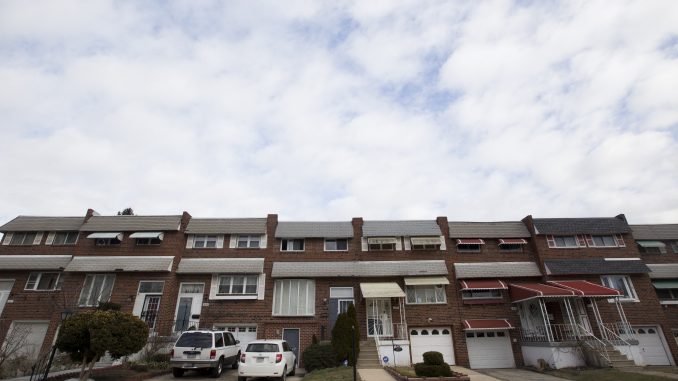
Property values in and around Main Campus experienced the biggest jump in price increase in Philadelphia last year. The number and price of houses being sold has increased gradually since 2012, but hit its peak in 2015.
In 2012, there were 91 houses sold in the ZIP code 19122 for an average of $135,000. Those numbers nearly doubled by 2015, as 177 houses were sold for $234,900.
Since 2013, applications to the university have increased 54 percent, The Temple News previously reported. Mike Bognanno, associate professor of economics in the College of Liberal Arts, said the university has been aided in part by the emergence of the football team and the new marketing campaign it has used in recent years, leading to property increases.
“[Sales increases] reflect Temple’s growth as a residential campus,” Bognanno said. “To some extent it reflects the increasing attractiveness of Philadelphia.”
He added another reason for the price increases is that people buy homes, renovate them and turn around to sell them for much more than they were purchased for.
Despite the recent and very abrupt spike in sales and prices, he expects the housing market around Temple to slow down. The neighborhoods that saw the biggest jump in price increases in 2015 were all “neighborhoods in transition,” he said.
The neighborhoods where the most significant jumps occurred were Northwest Philadelphia/Cedarbrook, Strawberry Mansion, West Philadelphia and Fishtown/Kensington, according to a report published by Berkshire Hathaway HomeServices Fox & Roach HomExpert Market.
Despite the recent sales spike, some are concerned that the price increase is creating a housing bubble, very similar to the one in 2007.
“It is a classic situation with a bubble, when you have that many for-rent signs,” said David Elesh, an associate professor of sociology. “You have a lot of vacant units. The costs don’t disappear and you pretty much hit a limit with the amount of students.”
Elesh is concerned because developers continue to build properties around campus but students have been moving further away in search of cheaper housing. Students are beginning to move to off-campus housing as far away as Girard Avenue, he added.
What concerns Elesh the most is the fact that historically, housing bubbles have burst repeatedly, almost in a cycle. One of the more notable examples was in Harlem in the early 1900s, he said.
“In Harlem in 1904 and 1905 [the banks] stopped lending and the market crashed, and that’s when the neighborhood started changing,” Elesh said.
He believes if the prices keep increasing, the bubble will inevitably burst and lead to abandonment.
“Ultimately, you are going to see more abandonment. If they cannot rent those places or sell those places then they cannot take the strain on their finances,” he said.
Jonathan Gilbert can be reached at jonathan.irwin.gilbert@temple.edu or on Twitter @johnnygilbs96.


Be the first to comment